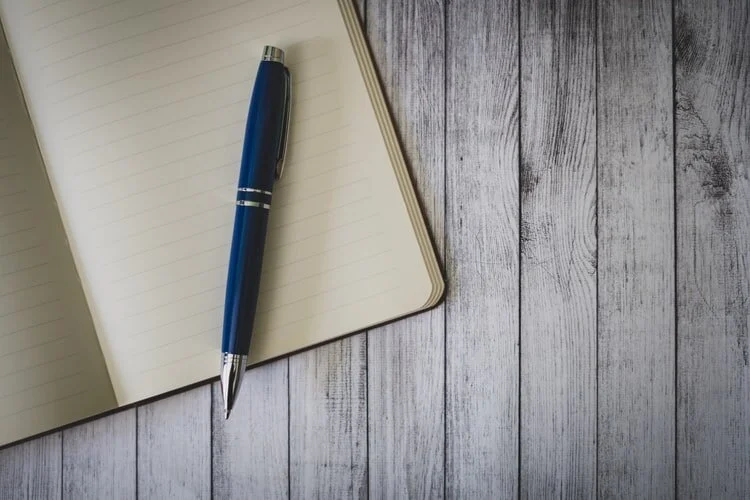Poets and Peacemakers: The Art of Language in Conflict - Georgia O’Kane
The deadliest weapon utilised in war is not the cannon, gun, or bomb. The power of language surpasses these in its ability to reap peace, sow war, and, in literary form, give voice to those who might otherwise be anonymous to history. Revolutions, civil wars, and cross-border conflicts have been started with the wrong words, ended with the right, and artists have produced myriads of literature throughout the centuries which inject colour into days past. The Northern Irish Troubles are no exception. No better example is there of language’s status as an art form; a generation of writers utilised it to make sense of violence and process the adversity and trauma which haunted the period whilst many leaders deftly employed language as a tool for peace.
Capturing the Chaos
Language was used by writers to encapsulate the chaos of the Troubles and create literary illustrations that would educate those for whom the Troubles would one day be the subject of history lessons and not a part of life. Ciaran Carson’s Confetti is perhaps the best example of this endeavour. The piece likens punctuation to shrapnel in a bomb explosion; implying an intrinsic link between violence and a failure of language. Through “raining exclamation marks” and ellipsis to suggest sprays of bullets, Carson highlights how violence can rip through every inch of one’s reality when communication collapses; emphasising the artistic struggle to find language which can bring a level of explanation to this chaos.
Set in 1969 as Carson was entering his twenties, this piece exemplifies how those who grew up during the Troubles must have felt; their lives punctuated with green or orange stamps, identities lost to the dehumanising effect of ethno-national segregation and tribalism; “Why can’t I escape? Every move is punctuated.” The final line, “My name? Where am I coming from? Where am I going? A fusillade of question-marks,” rounds off the confused mood of the poem, compelling the reader to grapple with the bigger questions. Why is this happening? Who is this helping? How do we make it stop? Carson’s poetry turns language into an art form which creates a still-life painting of a world which is thankfully now foreign to so many of us. Adding colour to the grey bleakness of history, literary art provides diverse perspectives and gives voice to those who may otherwise go without.
Healing a Nation
Linguistic art is also a tool for healing, for processing the complexity of feeling and refocusing the narrative on the need to move forward. Longley’s Ceasefire demonstrates this concept through a summary of an Iliad passage; Achilles, having murdered the King of Troy’s son, prepares and returns the corpse, following the pleas of the distraught father. Composed as a sonnet, the piece juxtaposes a form associated with love poetry with an alliterative k, present in “King,” and “Achilles,” to point to the ongoing bloodshed and war, as is revealed in the final k of “killing,” at the end of the piece. Deliberately appealing to those who would seek revenge for the past horrors of the Troubles, Longley emphasises the need to reframe the narrative with language of conciliation. Deliberately not attributing blame, Longley inverts Achilles’ power from the first two stanza, elevating the actions of the King who embodies the concept of forgiveness and demonstrates that progress cannot be made until someone takes the first step; “I get down on my knees and do what must be done / And kiss Achilles’ hand, the killer of my son.” Longley, like others of his medium, crafts language into an art form which simultaneously paints its important in a time of war and signifies its necessity in the continued pursuit of peace. Just as this poem agitates for peace, it presents the potential of literary mediums for reconciliation through artistic expression and the processing of past trauma.
Peace as an Art Form
Whilst the poets recorded and interpreted chaos, certain leaders demonstrated the art of language in efforts towards reconciliation. Whilst the path of peace was blocked by those who relied on a tightened fist, peacemakers utilised the written and spoken word in opposition. From the Northern Ireland Women’s Coalition, who on top of their fight for cross-community peace kept dialogue channels open between parties during peace talks, to political leaders like Trimble who reminded us that the “dark sludge of historical sectarianism,” was something we could leave behind, and Hume who declared that “difference is an accident of birth and it should therefore never be the source of hatred or conflict,” to the words of the Agreement which brought an end to thirty years of violence, the Northern Irish peace process exemplifies the art of language in conflict resolution.
In a time where very little conciliatory language is heard from Stormont’s halls, the work of our peacemakers and poets embodies the importance of continued conversation. Our writers must continue to hold a mirror up to society and our leaders must seize upon every opportunity to articulate the importance of continued peace. When language fails violence fills the void and rips through society like a pen through wet paper. Words of compromise must take the place of a language of hatred, of ethno-nationalism, and remind us that whilst language ended a thirty-year conflict, it could so easily start another.
GEORGIA O’KANE


